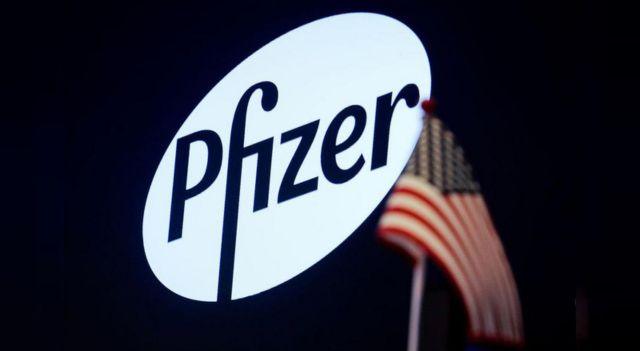In the last quarter, Pfizer (NYSE:PFE) reported a loss of $3.36 billion, contrasting with the previous year’s gain of $4.99 billion. During the October-December period, the pharmaceutical company brought in $14.2 billion in revenue, representing a 41% decrease compared to the same quarter in 2022.
Albert Bourla, CEO of Pfizer, expressed delight with the solid performance of the company’s product range, highlighting the positive influence of new launches and the growth of key brands.
Excluding products linked to COVID-19, such as the Comirnaty vaccine and the antiviral Paxlovid, Pfizer highlighted an 8% growth in revenues in an annual comparison. Products such as Abrysvo, Vyndaqel and Eliquis were particularly successful in sales.
Throughout the year, Pfizer recorded a net profit of US$2.11 billion, a drastic reduction of 93% compared to 2022. Total revenue from January to December reached US$58.4 billion, marking a drop of 42 % compared to the previous year.
The company maintained its forecasts for 2024, announced in December, which include an expected revenue of between US$58.5 billion and US$61 billion, and an adjusted earnings per share of between US$2.05 and US$2. .25.
Pfizer shares fell 1.3% in morning trading after opening more than 2% higher.
Investors fled Pfizer last year as concerns about the pandemic eased and billions of dollars in sales of COVID-19 vaccines and treatments disappeared. The company responded with a recent purchase of cancer pharmaceutical company Seagen, a $4 billion cost-cutting program and an internal restructuring.
Jeff Jonas, portfolio manager at Gabelli Funds, said he was concerned about the company’s performance outside of COVID after revenues from products such as breast cancer treatment Ibrance and pneumonia vaccine Prevnar were lower than expected.
“Historically, I thought they had one of the best sales forces in the industry and that they at least managed to sell and execute drugs very well, even if their research and development was perhaps not always the best. there recently,” said Jonas.
Pfizer CEO Albert Bourla said the company is looking to leverage a “more focused and efficient structure” to drive the growth of new medicines. Bourla previously expressed disappointment with the rollout of the new RSV vaccine Abrysvo, which lagged significantly behind a rival shot from GSK.
Ibrance, which faces intense competition from rival treatments, saw sales fall 12.6% to $1.12 billion in the quarter, below analysts’ forecasts of $1.23 billion.
Prevnar generated sales of $1.61 billion, below estimates of $2 billion. The company cited lower demand and “unfavorable timing of customer orders” for the shortfall.
Revenue from COVID products, the antiviral treatment Paxlovid and the Comirnaty vaccine, reached US$12.5 billion in 2023, meeting the company’s own goals for the year, but far from the peak of US$57 billion accumulated in 2022.
Pfizer renegotiated a contract in October allowing the U.S. government to return unused stock of Paxlovid. The company reported a smaller-than-expected revenue turnaround of $3.5 billion in the quarter as the U.S. returned about 6.5 million treatments. Previously, it had forecast a revenue reversal of US$4.2 billion based on the expected return of approximately 7.9 million courses.
A Pfizer spokesperson said there had been more use of the two-drug treatment than anticipated. Still, the window for Paxlovid returns from the U.S. government remains open and the company could make another financial adjustment in the current quarter.
The company maintained its 2024 adjusted earnings and sales forecasts of $2.05 to $2.25 per share and earnings of $58.5 billion to $61.5 billion.
This includes a $3.1 billion contribution from cancer drugmaker Seagen and $8 billion in sales from Paxlovid and the COVID-19 vaccine Comirnaty, which it manufactures with German partner BioNTech.
The company has been reducing research and development spending as part of its cost reduction program. R&D expenses fell 22% in the quarter to $2.82 billion, driven by lower payroll spending, as well as reductions in its vaccine and rare disease programs.
